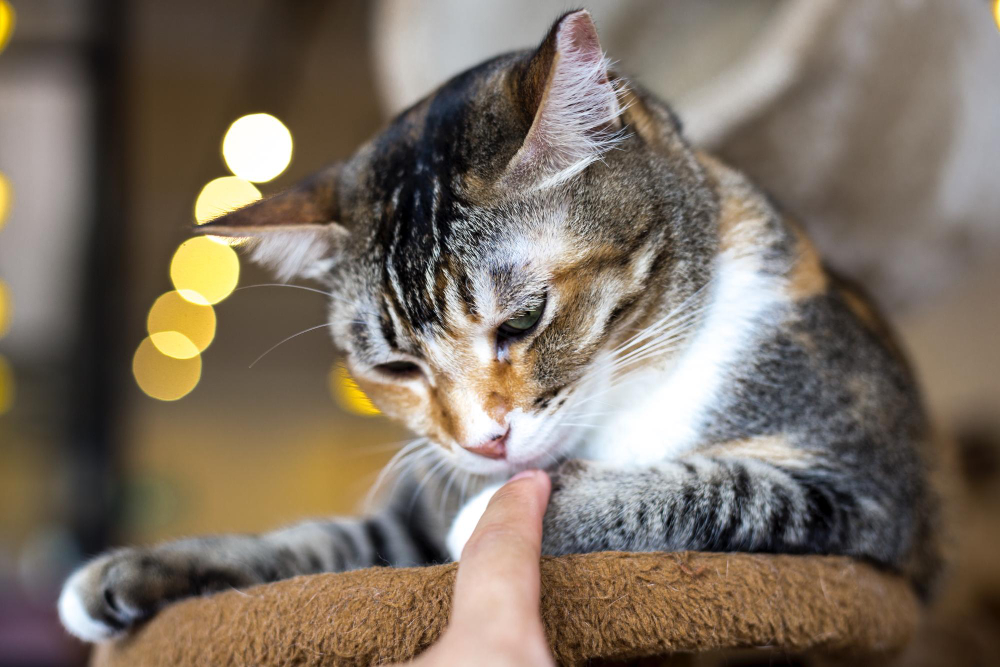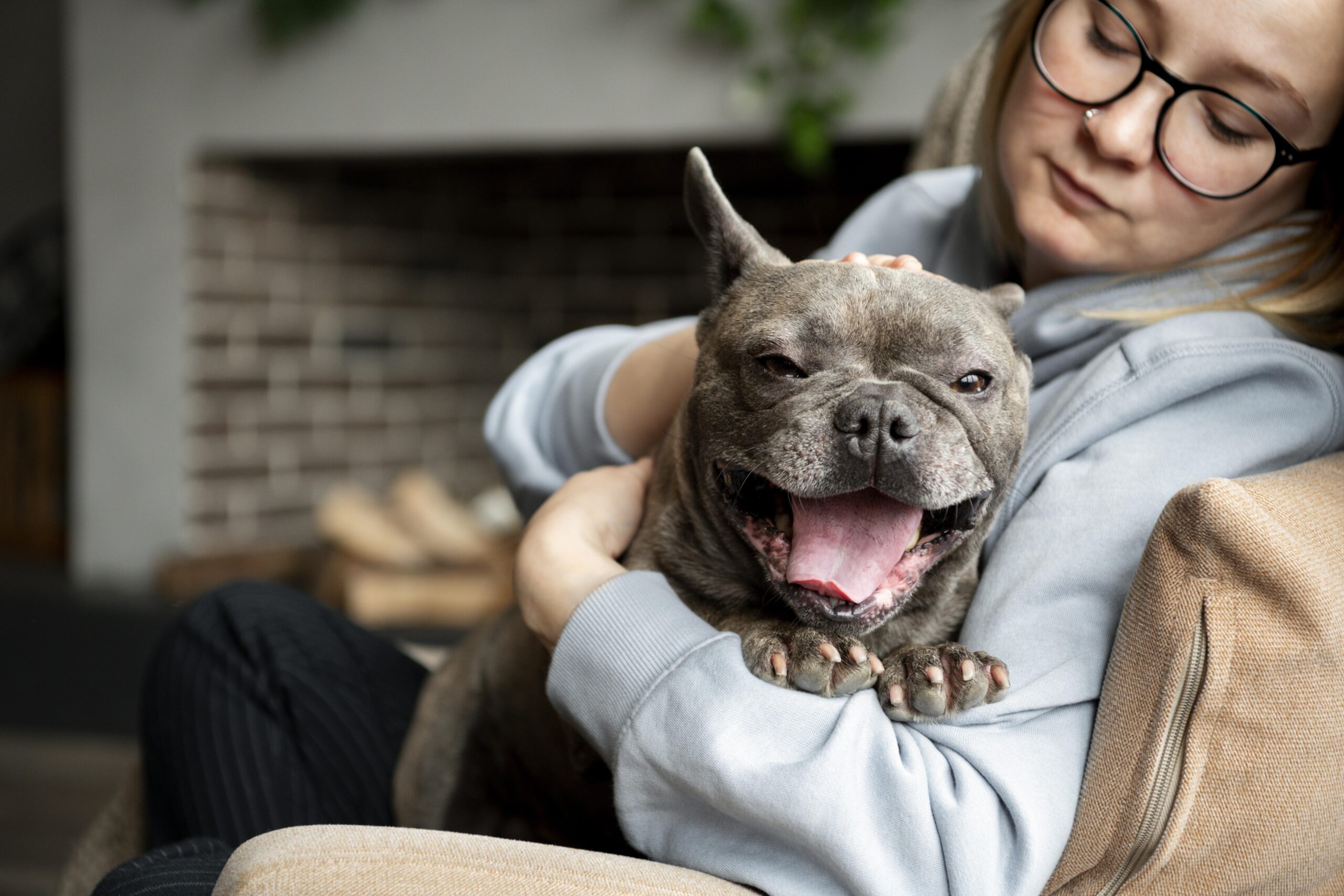The basics of raising a well-adjusted pet, including socialisation, routines, exercise, enrichment, nutrition, and grooming, were covered in our first Pet Parenting Tips guide. Read our first blog here: Pet Parenting Tips, 1st Part. These necessities lay the groundwork for every pet to feel secure and cared for.
However, pet ownership goes beyond that.
The emotional, psychological, and environmental facets of pet wellbeing are covered in greater detail in this second section. While most new pet owners are unaware of these factors, seasoned pet parents are aware that they significantly improve a pet’s quality of life.
These advanced pet parenting suggestions will help you raise a self-assured, emotionally stable, and close-knit friend if you’re prepared to move beyond the fundamentals.
Let’s get started on Part 2 of Pet Parenting Tips!
1. Build Emotional Security From the Start
Before training, enrichment, or exercise comes emotional safety. Pets flourish when they trust their humans and environment.
How to build emotional security:
Respond to their needs consistently
Maintain a calm presence during stressful moments
Allow them to explore at their own pace
Never force interactions, affection, or training
Reinforce positive experiences with gentle praise
Emotionally secure pets are more confident, more adaptable, and significantly less likely to develop stress-based behavior issues.
2. Create a Home Environment That Encourages Exploration and Comfort
Your home is your pet’s entire world. And just like humans, animals need both stimulation and comfort.
Elements of a supportive environment:
Soft resting spots in quiet areas
A mix of open space and cozy hideaways
Access to windows for natural sunlight
Safe areas to retreat during loud or overwhelming moments
Temperature-controlled spaces, especially for short-haired or senior pets
A well-designed environment can reduce anxiety and encourage natural behaviors like observing, playing, stretching, and resting.
3. Help Your Pet Build Independence
Contrary to the belief that pets should always be attached to their humans, healthy independence is essential for emotional balance. Pets who learn to be alone safely are less likely to develop separation anxiety.
Tips for independence:
Introduce short solo-play activities
Give them enrichment items they can enjoy alone
Avoid reacting dramatically when leaving or returning home
Encourage calm behavior rather than clinginess
This doesn’t replace bonding; it simply helps your pet understand that alone time is safe and temporary.
4. Support Your Pet’s Natural Instincts
Animals thrive when you honor the instincts they were born with.
For dogs:
Sniffing during walks
Exploring new environments
Chewing safe items
Engaging in scent-based games
For cats:
Climbing and perching
Scratching appropriate posts
Stalking and pouncing toys
Watching movement outside the windows
Instinct-based activities lead to happier pets with more balanced behavior.
5. Teach Your Pet How to Handle Stress
Stress management isn’t just for humans — pets experience it too.
Signs of stress in pets:
Pacing
Hiding
Excessive grooming
Drooling
Panting
Growling or hissing
Restlessness
How to support them:
Use calm tones and slow movements
Remove triggers when possible
Offer soft blankets or calming toys
Practice low-stimulation bonding
Normalize rest and quiet
Give them space instead of crowding
Over time, your pet learns to trust that you will guide them through difficult moments.
6. Encourage Social Intelligence — Beyond Basic Socialization
Socialisation is not just exposure; it’s the ability to interpret social cues, adapt to new environments, and navigate new situations with confidence.
Ways to build social intelligence:
Introduce controlled surprises (new scents, environments, textures)
Allow supervised interactions with calm animals
Invite friends over one at a time for gradual exposure
Reward curiosity without forcing engagement
Use positive reinforcement when they respond appropriately
You’re not just familiarising your pet with the world; you’re teaching them how to think in the world.
7. Create Purpose Through Mini-Tasks
Pets are happiest when they have roles, challenges, and accomplishments.
For dogs:
Carrying their toy to you
Simple fetch tasks
Learning new commands
Helping “tidy” toys
For cats:
Treasure hunts
Elevated paths to explore
Structured toy-chasing sessions
Food puzzles to “hunt” through
Purpose gives pets confidence and reduces boredom.
8. Use Communication Your Pet Understands
Communication isn’t only about commands; it’s about clarity, consistency, and tone.
Communicate effectively by:
Using a calm voice
Pairing words with predictable gestures
Making eye contact when appropriate
Avoiding confusing phrases or mixed signals
Reinforcing your cues the same way each time
Pets don’t understand words; they understand patterns.
9. Support Mental Wellness Just as Much as Physical Health
Many pet parents focus on physical care but overlook emotional well-being.
Promote mental wellness by:
Allowing your pet to rest undisturbed
Reducing overstimulation
Recognizing when they feel overwhelmed
Creating daily moments of calm
Using scent-based relaxation (pet-safe only)
Providing slow, mindful activities like sniff walks or gentle brushing
A mentally balanced pet is a happier, more stable companion.
10. Build Consistency in Love, Not Perfection
You don’t need to be a perfect pet parent — you just need to be a consistent, loving one.
Show love through:
Gentle touch
Positive attention
Soft talk
Presence during difficult moments
Celebrating small wins (like bravery during loud noises or using a new toy)
Your pet doesn’t judge your busy days; they simply appreciate the moments you choose to share with them.
Frequently Asked Questions (FAQ)
1. How can I tell if my pet is emotionally safe?
A: A pet that is secure exhibits calm body language, voluntarily seeks affection, confidently explores new places, and bounces back from stress fast.
2. What distinguishes social intelligence from socialising?
A: Your pet is exposed to new situations through socialisation. They learn how to calmly interpret and react to those environments through social intelligence.
3. How frequently should the surroundings of my pet be changed?
A: As little as feasible. Pets feel safer when there is stability. Make significant changes gradually.
4. Is it unhealthy for my pet to follow me around?
A: Although it’s not a guarantee, developing mild independence now helps avoid separation anxiety later.
5. How can I determine whether my pet is being overstimulated?
A: They require quiet time if they exhibit hyperactivity, excessive panting, zoomies after vigorous play, pacing, or trouble settling.
6. What is meant by “emotional enrichment”?
A: Small walks, mindful grooming, quiet bonding, and controlled exploration are examples of activities that promote mental calmness, emotional resilience, and confidence.
7. Do a pet’s surroundings have an impact on how they behave?
A: Yes, stress and behavioural problems can be brought on by clutter, loud noises, a lack of hiding places, or unpredictably occurring chaos.
Final Thoughts: Love, Patience, and Understanding Make You the Best Pet Parent
Stability is created by your initial pet-parenting actions.
Your advanced actions, however, in the areas of emotional intelligence, communication, independence, mental health, safety, and the environment, foster trust, confidence, and a lasting relationship.
To help you raise a resilient, emotionally stable companion who flourishes in your home and in life, this second section of Pet Parenting Tips goes beyond basic care.
Download Pawrpose now.
Make pet parenting more intelligent, empathetic, and impactful with Pawrpose, the AI App for Pets. Be part of the movement that is changing the way AI supports pet care in the future, making every moment matter, one paw at a time. Enhance your pet parent experience with Pawrpose, available now on Google Play Store and App Store












